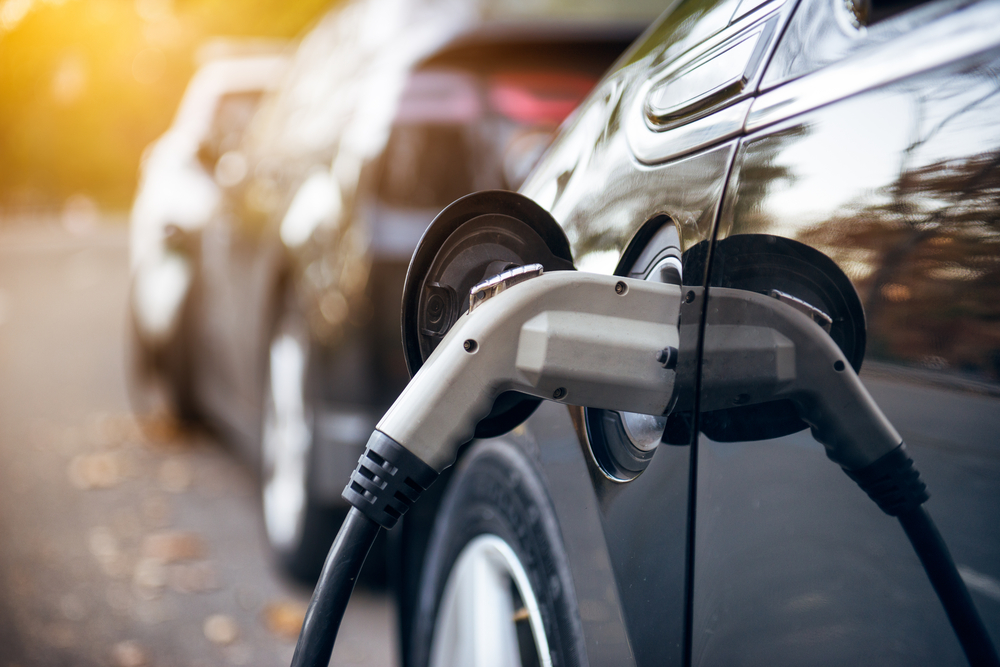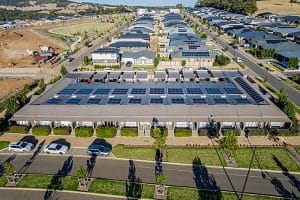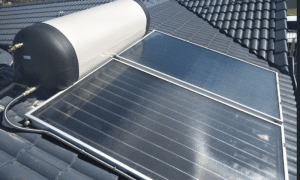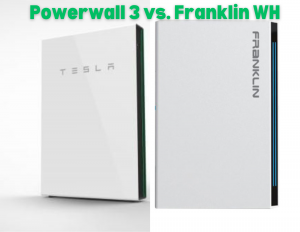As we look to transition away from fossil fuels to renewable options, the transport industry has come under the microscope as one that needs to change.

In Australia, the transport sector accounts for 16 per cent of all emissions, while regular household vehicles make up another 17 per cent.
If we are going to achieve a sustainable, carbon net-zero future, ultimately we are going to need to transition towards the electric vehicle (EV).
The history of this technology
Many people think this is a new innovation, but the first instance of an electrified car can be traced back to 1832 when Scottish inventor Robert Anderson came up with the first crude electric carriage.
In 1897 there were electrified taxis on the streets of New York, and in 1898 the first electrified Porsche was created. The release of the Model T Ford in 1908 was hugely popular and it became the first mainstream motor vehicle, but it was powered by gasoline and effectively halted EV innovations until the 1960s.
Since then, there has been considerable work to create something of this kind for the mainstream – with the biggest innovation being the invention of lithium-ion batteries in 1973. It took until 2004 before things really started to gather serious attention, though, largely because of the work of Elon Musk and Tesla.
Today there are millions of EVs on the road around the world – but this has been slow to take off in Australia, with just 6400 EVs on the road as of 2020.
How do you charge them?
One of the main barriers preventing the EV from taking off in Australia has been the large distances between cities and towns, and the lack of charging stations located in rural and regional areas.
There are three ways to charge an EV. You can simply plug your car into a wall socket – but this is the slowest method of charging, and will take around 14 hours to fully charge the battery.
To combat this, specialised wall rechargers were developed which speeds this time up to about eight hours. However, the best way to charge an EV is at a dedicated fast charging station, where your battery can be fully replenished in as little as 20 minutes.
These units pump power directly to the battery rather than the onboard charger. Many of these are free to use, and utilise renewable energy sources so you are not relying on the grid – which is still predominantly made up of fossil fuel-powered electricity.
As of late 2020, there were only 357 fast-charging stations across Australia, and this number will need to rise before the EV can gain serious traction in our country.
This is extremely likely to happen, with the Electric Vehicle Council predicting that by 2040 electric vehicles will make up 70-100 per cent of all new vehicle sales.
The EV is extremely close to becoming mainstream in Australia – it is just waiting for the charging infrastructure to be installed.






































